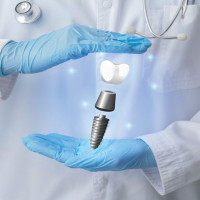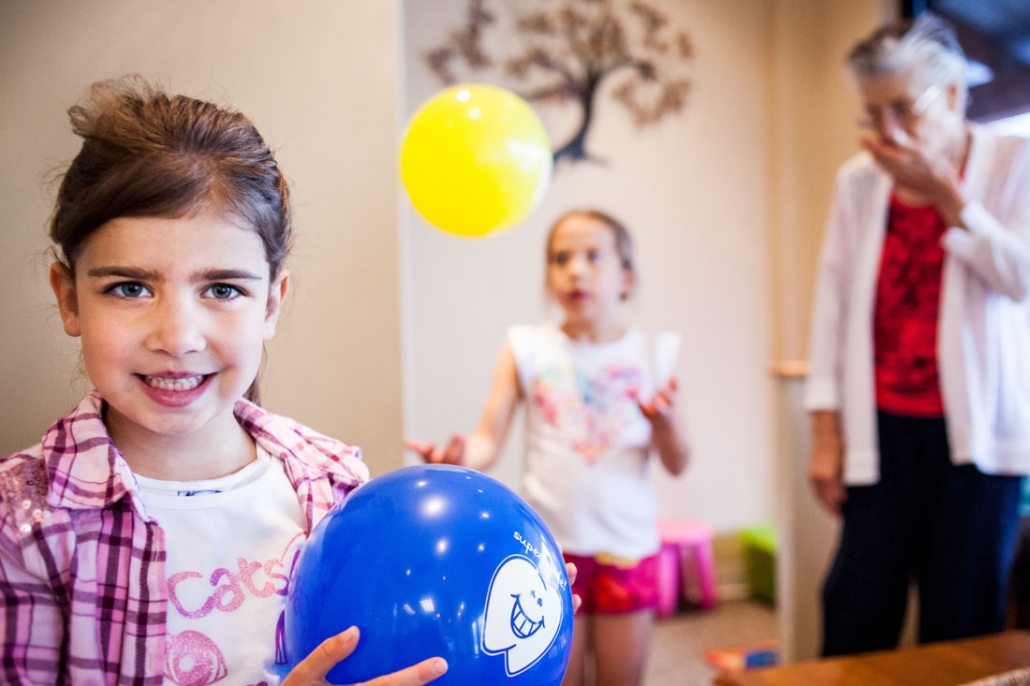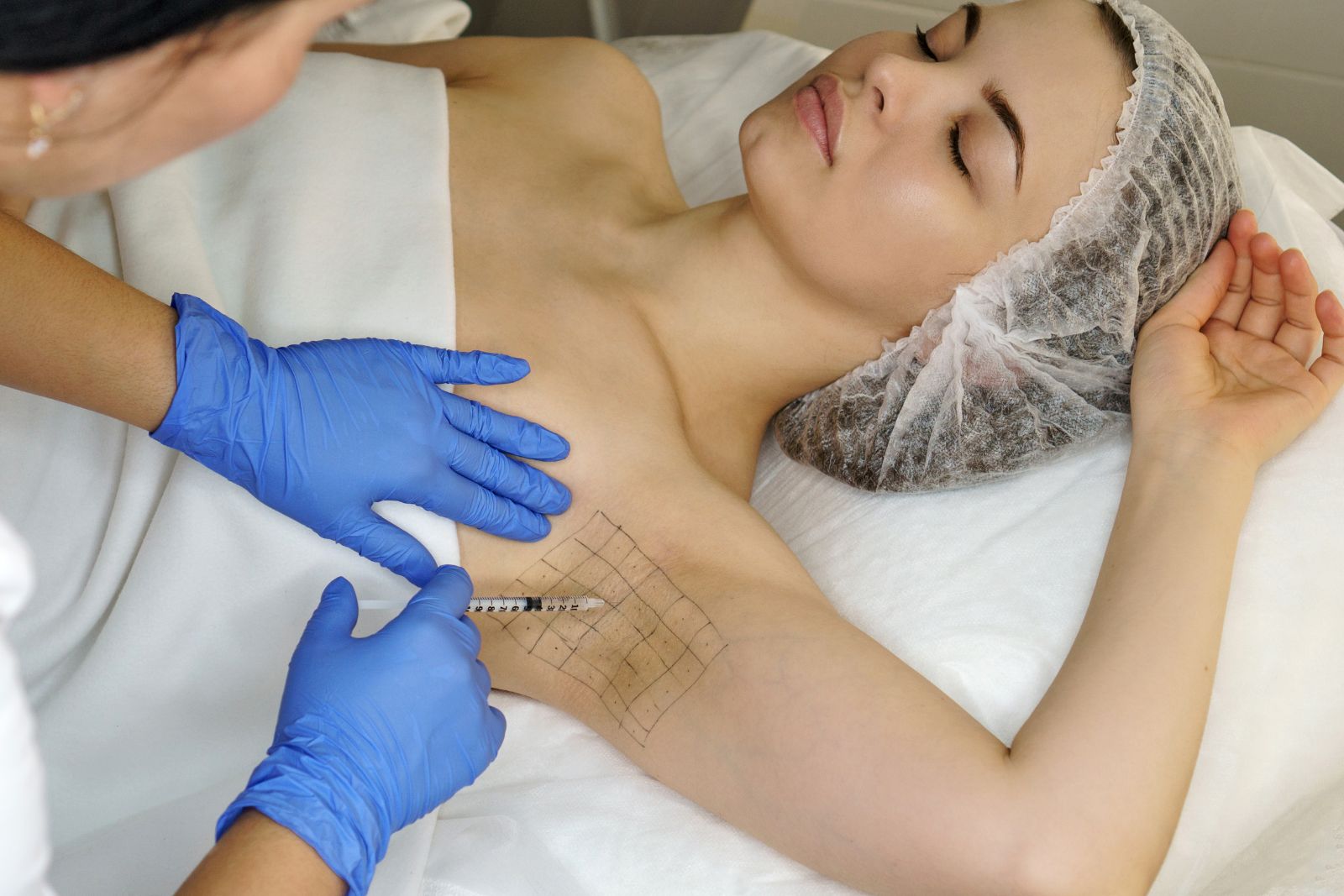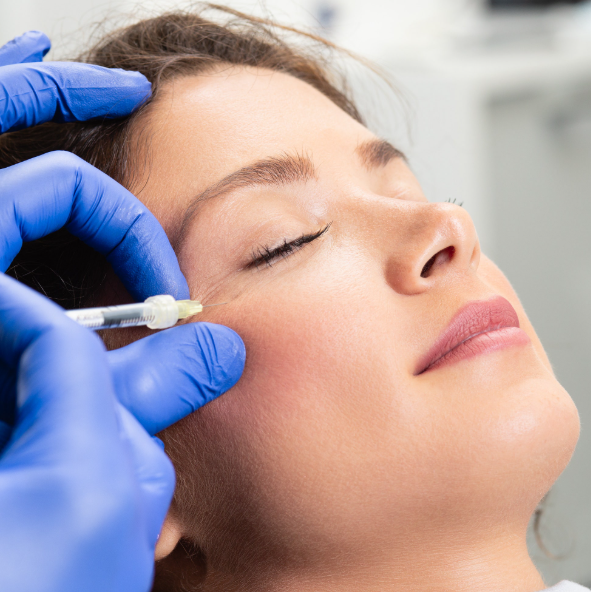Can Botox Help With Teeth Grinding?
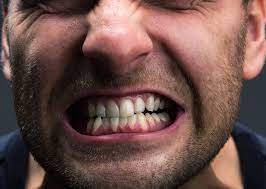
Strong 8k brings an ultra-HD IPTV experience to your living room and your pocket.
For people struggling with chronic jaw pain, damaged teeth, or persistent clenching, a common question arises: can Botox help with teeth grinding? While traditionally known for smoothing wrinkles, Botox has emerged as a powerful medical Teeth Grinding Treatment in Dubai for bruxism, especially when other methods have failed. By targeting the overactive jaw muscles, Botox may reduce both the intensity and frequency of grinding—providing relief for many patients.
✍️ With so many myths around Botox, our trusted Botox guide clears misconceptions, explaining what the treatment can and cannot do for your skin.
Understanding How Botox Works for Bruxism:
Botox, short for botulinum toxin, works by temporarily weakening specific muscles. In the case of teeth grinding, the masseter muscle—located at the side of the jaw—is usually the target.
Botox blocks nerve signals that cause muscle contractions
This reduces jaw clenching without impairing normal chewing or facial expressions
Treated muscles relax, minimizing grinding pressure and related damage
Injections are localized, so effects are limited to specific muscle groups
The treatment typically takes just 10–15 minutes in a clinical setting
By reducing muscle strength slightly, Botox helps interrupt the grinding cycle without completely disabling the jaw.
Candidates Who Benefit Most From Botox for Grinding:
While Botox isn’t the first-line treatment for everyone, it can be especially effective for people with moderate to severe bruxism who haven’t found relief through traditional methods.
Individuals who experience jaw pain, migraines, or facial tension from clenching
Patients who grind despite using a nightguard or other dental appliance
People with hypertrophic (enlarged) masseter muscles due to chronic grinding
Those who cannot tolerate mouthguards due to gag reflex or discomfort
Patients looking for a non-surgical, minimally invasive option
Botox is also suitable for individuals whose bruxism is stress-related or neurological in origin.
What to Expect During and After the Procedure?
The Botox procedure is simple and requires no downtime, but it helps to know what the process entails before booking your appointment.
Your provider will clean the area and identify the injection sites along the masseter
A fine needle is used to inject small doses of Botox into the muscle
You may feel a slight pinch or pressure, but discomfort is minimal
Most people resume normal activities immediately after treatment
Results usually begin to appear within 3 to 7 days, with full effects in 2 weeks
Each treatment typically lasts about 3 to 4 months, after which re-treatment is necessary to maintain results.
Pros and Cons of Using Botox for Teeth Grinding:
Like any medical procedure, using Botox to Teeth Grinding Treatment comes with both advantages and considerations. Understanding these helps you make an informed decision.
Pros include:
Rapid relief from pain and grinding symptoms
No need to wear a nightguard during sleep
Reduced risk of tooth damage and jaw disorders
Improved facial contour due to relaxed jaw muscles
Potential drawbacks include:
Temporary effects, requiring repeat treatments
Cost may not be covered by insurance unless deemed medically necessary
Rare side effects like bruising, mild muscle weakness, or asymmetry
It may not treat underlying psychological or sleep-related causes of bruxism
For many patients, the benefits outweigh the risks—especially when bruxism is impacting daily life and well-being.
Combining Botox With Other Treatments for Best Results:
Botox can be part of a broader strategy to manage teeth grinding. Combining treatments often leads to better, longer-lasting results.
Use a nightguard in tandem with Botox to provide additional protection
Practice stress-reduction techniques like yoga, meditation, or therapy
Maintain good sleep hygiene to reduce nighttime bruxism episodes
Monitor caffeine, alcohol, and stimulant use, which can trigger grinding
Work with a dentist or neurologist to track progress and adjust care as needed
A multidisciplinary approach not only addresses symptoms but also the underlying causes of teeth grinding.
Final Thoughts: So, can Botox help with teeth grinding? Absolutely—especially for patients who’ve tried traditional methods without success. By targeting the overworked jaw muscles, Botox offers fast relief from pain, protects your teeth, and improves quality of life. If you’re considering it, consult with a qualified provider who understands both the medical and dental aspects of bruxism.
Note: IndiBlogHub features both user-submitted and editorial content. We do not verify third-party contributions. Read our Disclaimer and Privacy Policyfor details.

